Artwork is restored for various reasons, whether it is a highly sentimental piece or of great monetary value. Whilst a family portrait or treasured ornament may be restored for personal or historical reasons, an oil painting or sculpture may be restored to maintain and preserve a financial asset, or add value when it goes to auction or put up for sale.

No matter the reason for restoration or the value of an artwork, the same level of expertise and skill will go into fixing and protecting it. Conservators with years of training and experience will work on an item to ensure it is safely restored. To become a conservator you must at minimum have a Masters degree in conservation, this is a highly scientific study which includes both artistic skill and an intensive knowledge of chemistry. Conservators are trained to focus on not only fixing the damage but making sure that the artwork is stable and protected for future generations.

Fine art restoration is often a time-consuming task, with many elements of the conservation taking weeks to complete due to their delicate nature. The following explains some of the treatments which may go into the restoration of your artwork.
Oil paintings
Before oil paintings can have a tear repair, clean, or varnish removal, they must be assessed by the conservator. A typical oil painting may have a variety of unique pigments or varnish which all require a patch test to see which type of solution needs to be created for their clean. Types of paint on a historic work can often include unusual pigments such as Egyptian Brown (made from Egyptian Mummies), Lapis Lazuli (crushed gemstones), White lead, and even green shades containing levels of arsenic.
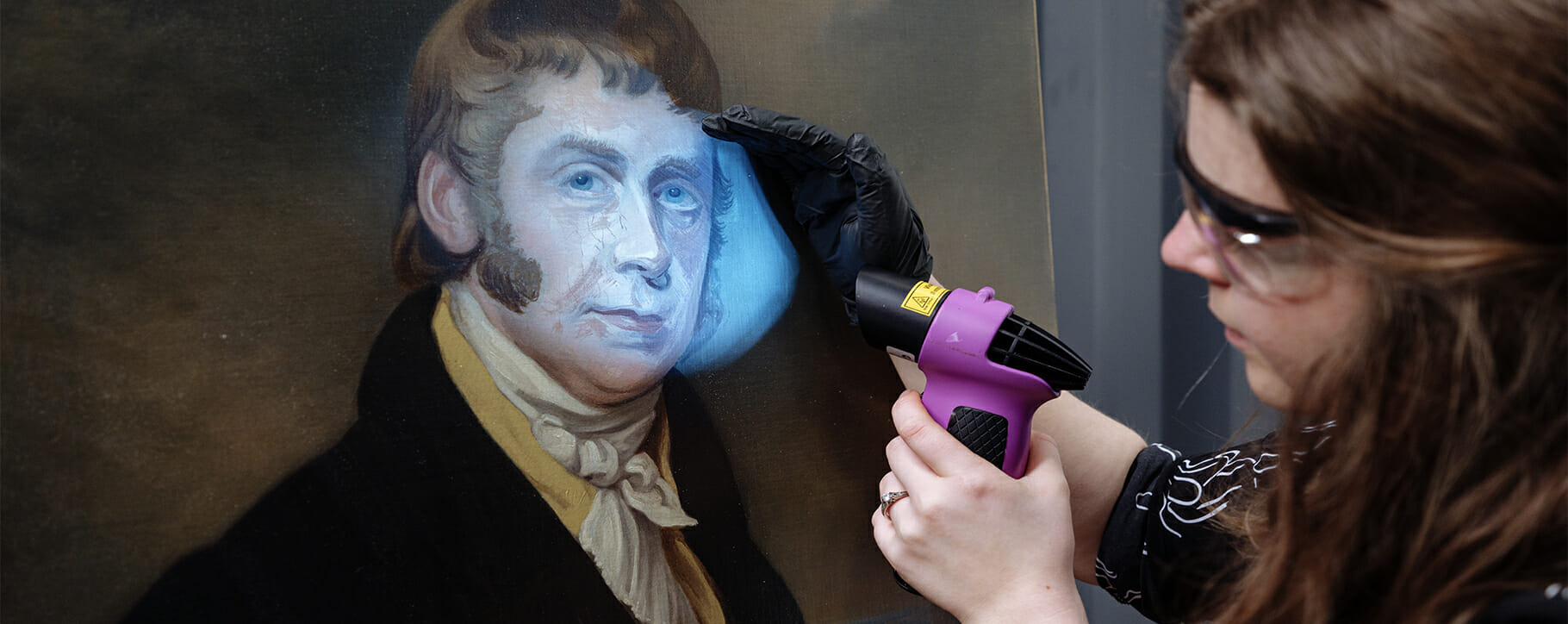
Before any structural work takes place, an oil painting will require a full varnish removal and cleaning. Historic varnish can often degrade over time, so it may also be removed for aesthetic or preservation reasons. A full varnish removal is needed for even a small tear, as one area will noticeably age differently to the rest of the artwork if this is done in only a patch and as such may cause visual disturbances as well as impact on the artwork’s value.
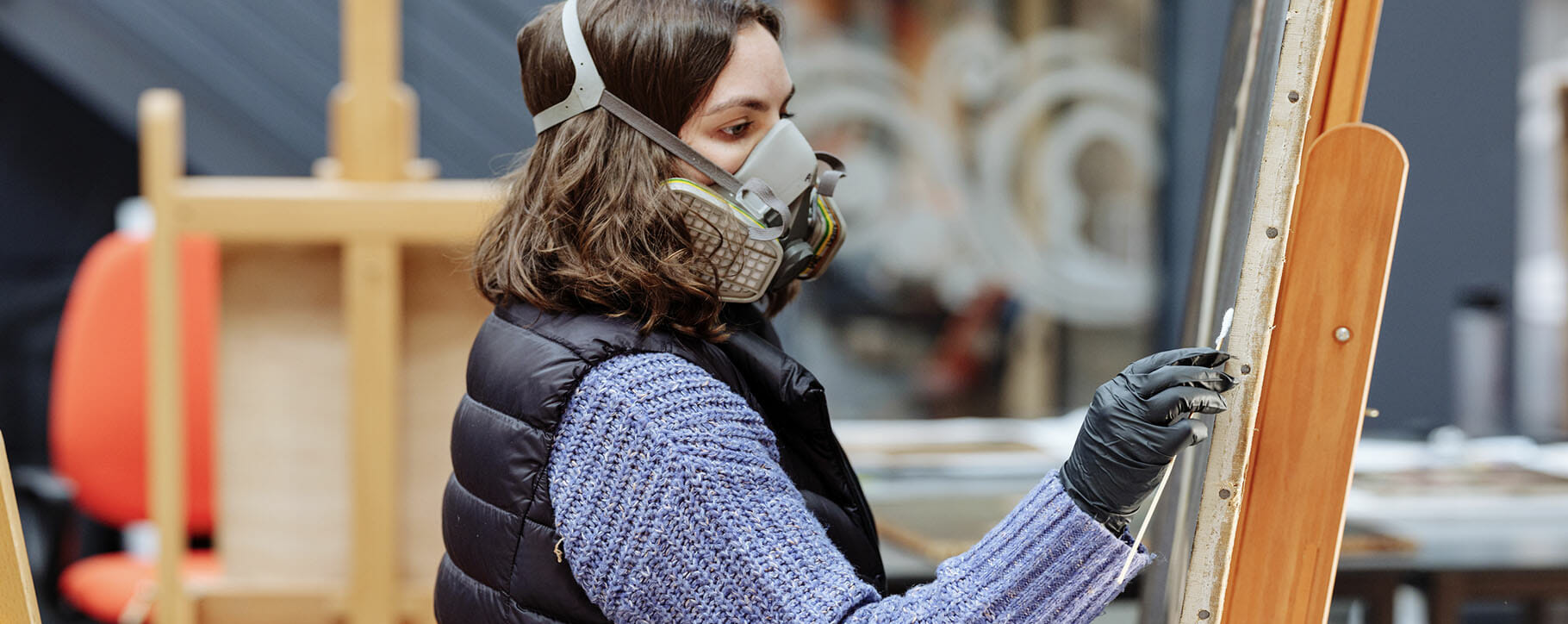
The process of varnish removal and cleaning is completed with one small area being cleaned at a time. A conservator will use a solvent they have expertly mixed to suit the needs of each individual artwork. Extraction fans and specially fitted masks are used, as the chemicals involved are toxic and should never be attempted for use at home.

On average, one swab of conservation solvent will cover just a couple centimetres of a painting before it is replaced with a new one, this allows for a very careful restoration as well as not risk rubbing the residue back into the paint layer. On large paintings or artworks with a very stained layer of varnish, this task will take a few days before any other treatments are performed.

If an oil painting comes to us with a large tear, this will be repaired with a surgical level of precise skill. Repairing a torn painting involves a conservator slowly and carefully placing the canvas back together fibre by fibre, with the goal of creating a seamless finish.

A conservator also requires skill as an artist, to retouch any areas of missing paint with the least interruption to the original artwork as possible. On most occasions they will only fill in small areas, precise dots to fill minimal gaps which would otherwise expose the canvas or create a distraction to the piece. On a painting with severe paint loss or damage, a conservator will retouch larger areas with detail, using their knowledge of antique oil paintings and careful artistic skill to ensure it does not disrupt the aesthetic or historic integrity of the work.
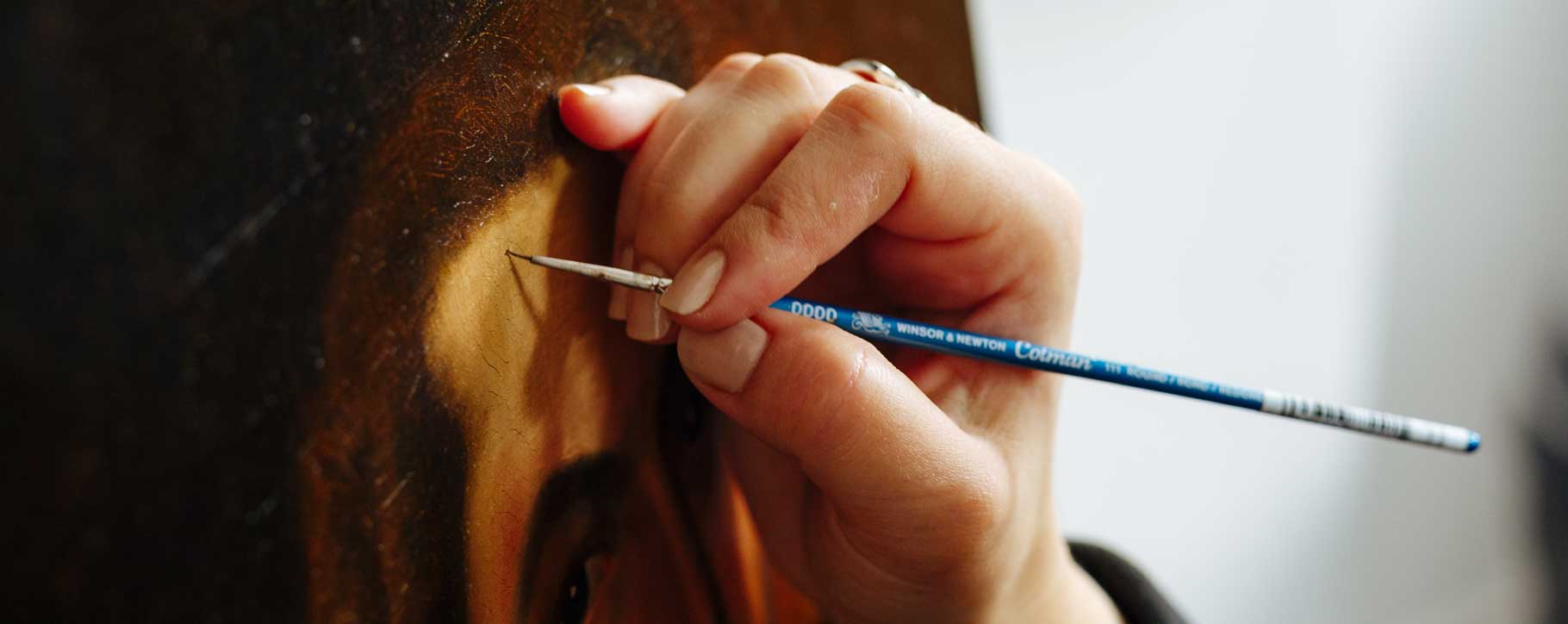
Contemporary artworks
When cleaning a contemporary oil painting, which may have large blocks of bright or light colours, extra time needs to be taken to achieve a smooth finish. These backgrounds or colour blocks will show up far more change in texture and pigment than a traditionally multi-tonal oil painting. This is also true of tear repairs on block colour, which may need additional treatments to achieve the best seamless finish.
 Works on paper
Works on paper
When a watercolour, print or poster is restored, the equipment used is highly specialist. A trained paper conservator is an expert in this field of restoration, which comes with its own knowledge of science and technical skills.
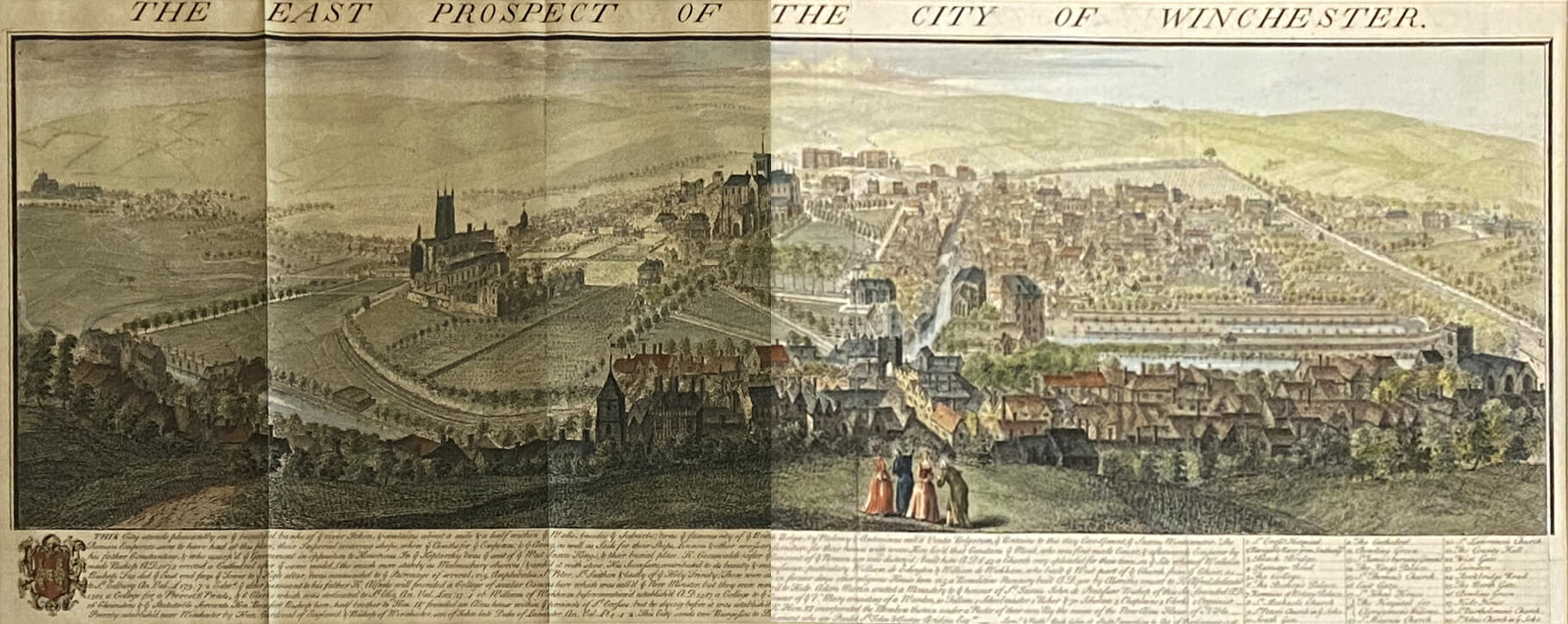
When paper is affected by a stain, mould or ‘foxing’, it will be carefully washed in a combination of solutions which are able to lift away any foreign or organic matter, whilst leaving the artwork, such as watercolours, clean and completely intact. This is again tailored to the artwork and the differing paper-based substrates they are on.
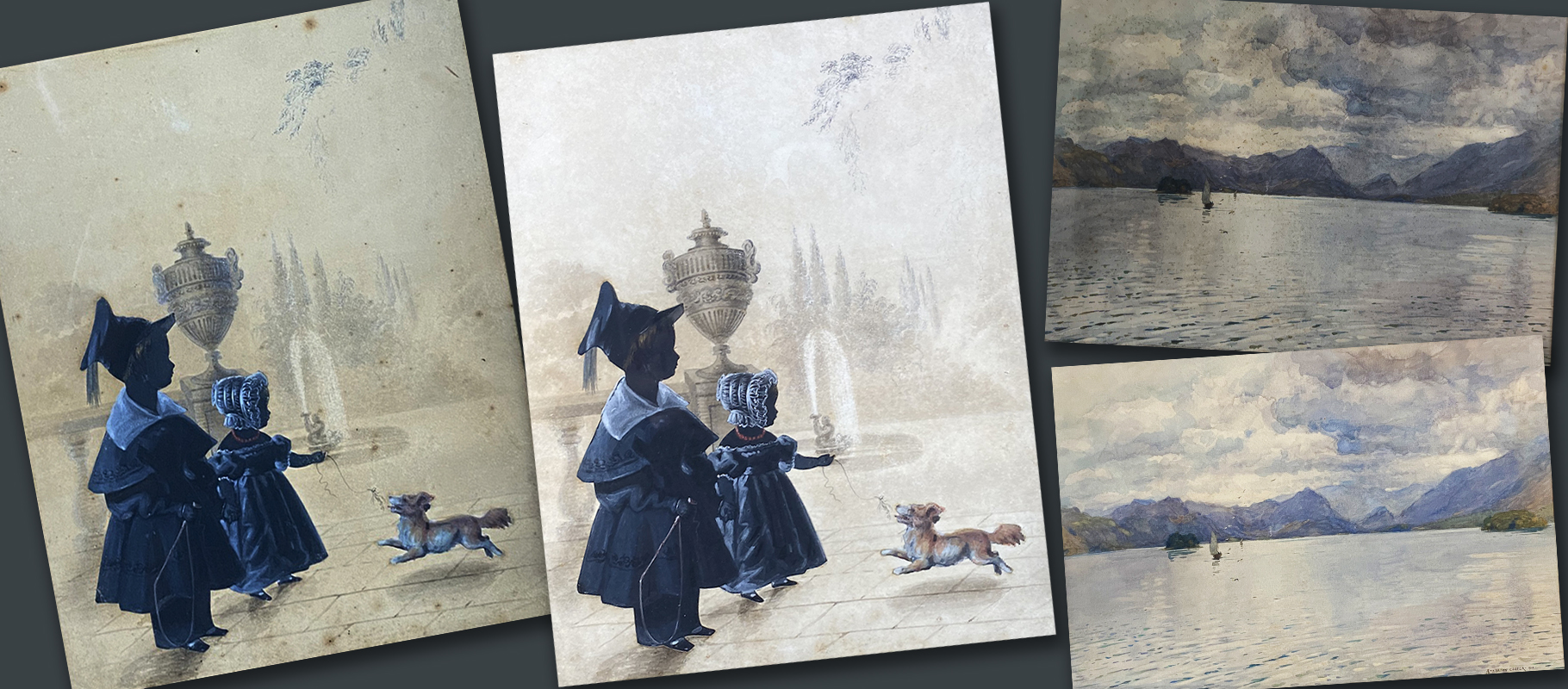
Ceramics
A ceramics conservator specialises in seamless repairs, whilst also maintaining the artistic and historical integrity of the artwork. Ceramics are at their most valuable when they are in one piece, so seamless restoration from a specialist is especially advisable if the work is intended to be sold.
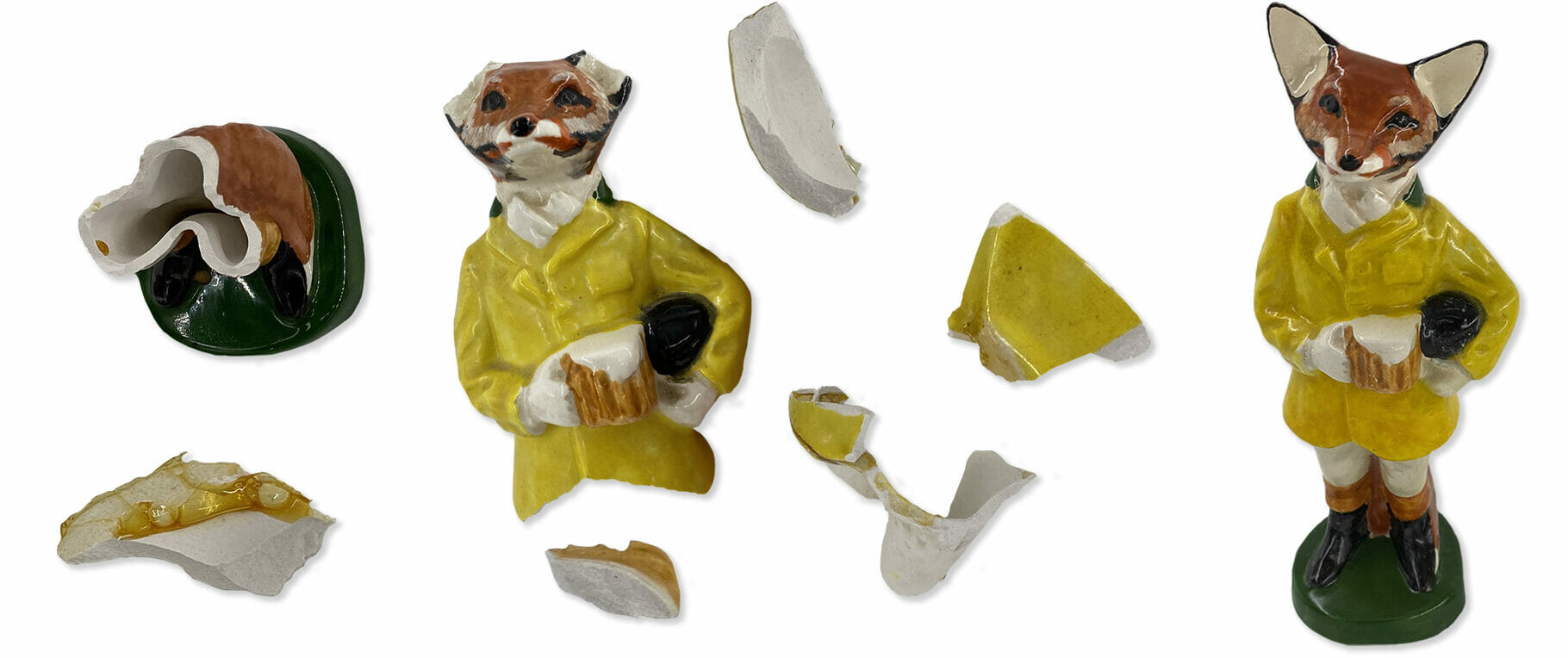
Whilst a home repair with super glue might seem like a good idea, it could be dangerous, as this type of glue will discolour over time and damage the artwork further. A trained ceramics conservator will use specialist adhesives which are designed to both seamlessly restore and ensure no decay or discolouration occurs.

If pieces are missing from a shattered item, a conservator will recreate missing pieces out of conservation-grade materials. They will endeavour to match the exact pigment, as well as the texture of the finish, creating an invisible restoration.
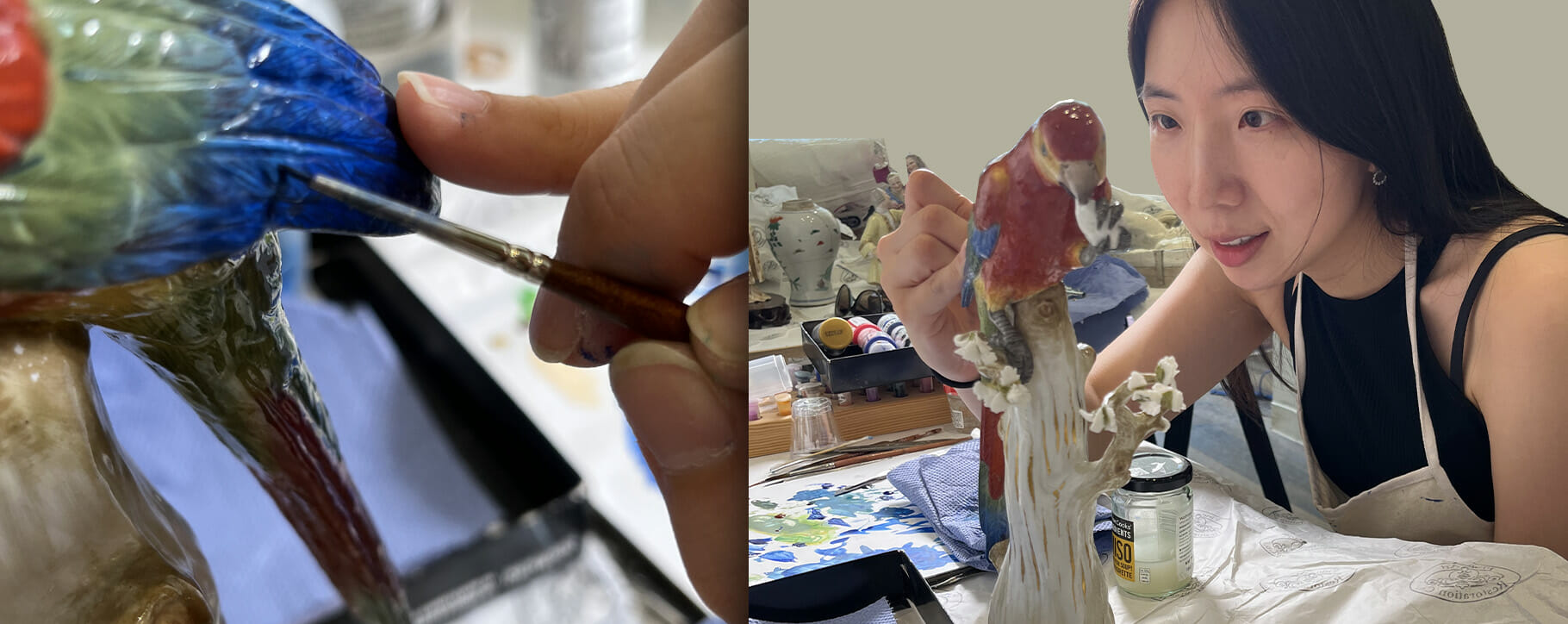
Frames
Gilded frames can often fade or lose colour over time. There may be a reason to believe that a home restoration could cover the issue, or that ‘upcycling’ is the best plan of action. However, antique frames will degrade in their potentially high value if this occurs, as well as leading to decay of sensitive details and the oil painting within. Chemicals in the paint which are not designed for conservation may eat away at both the frame and artwork over time.
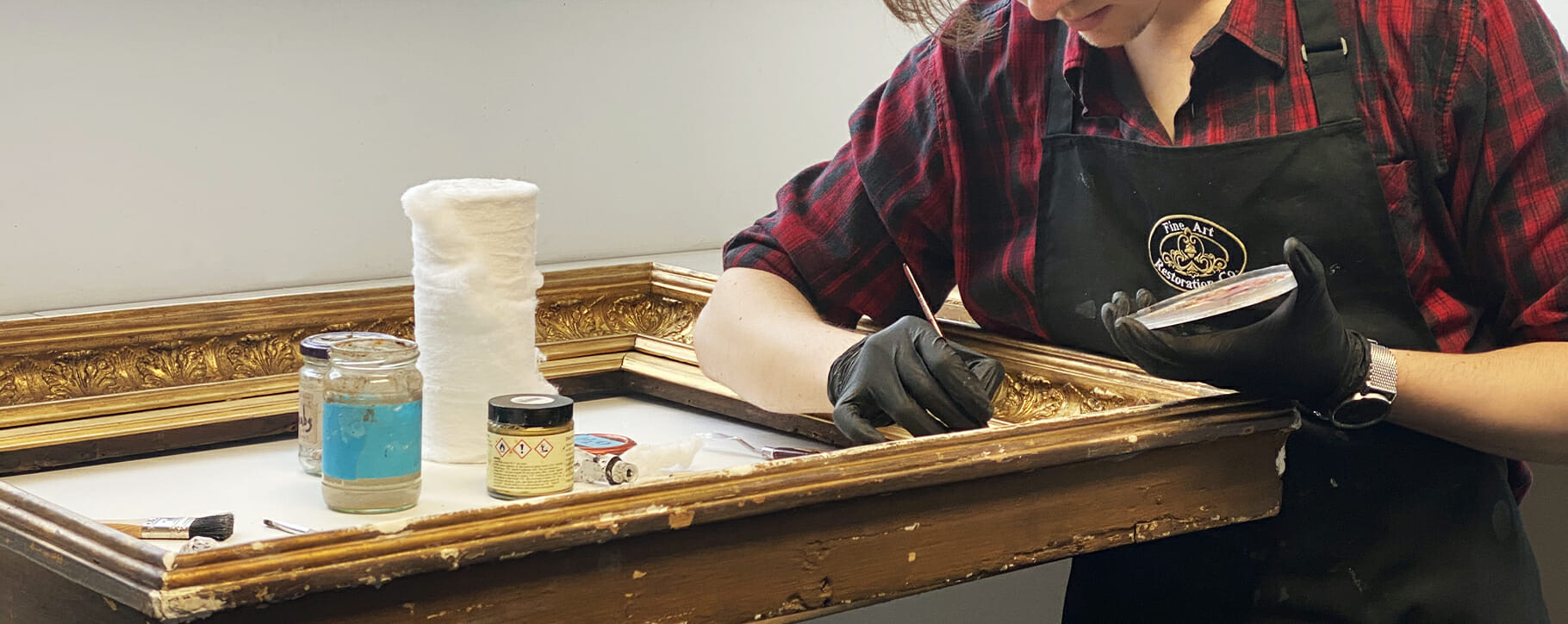
Golden paint is not the same as gilding, the effect will also not live up to the same vividity which can be achieved through careful gold leaf techniques used in a conservation studio.
Taking an oil painting out of a frame has many risks, an untrained approach could lead to damage on both the artwork and the structure of the frame itself. Hidden dangers could be found in a historic artwork, as well as contaminants from vermin or historic debris. Trained framing conservators know what to look for and have studied for years to ensure that both the artwork and its surroundings are safe.
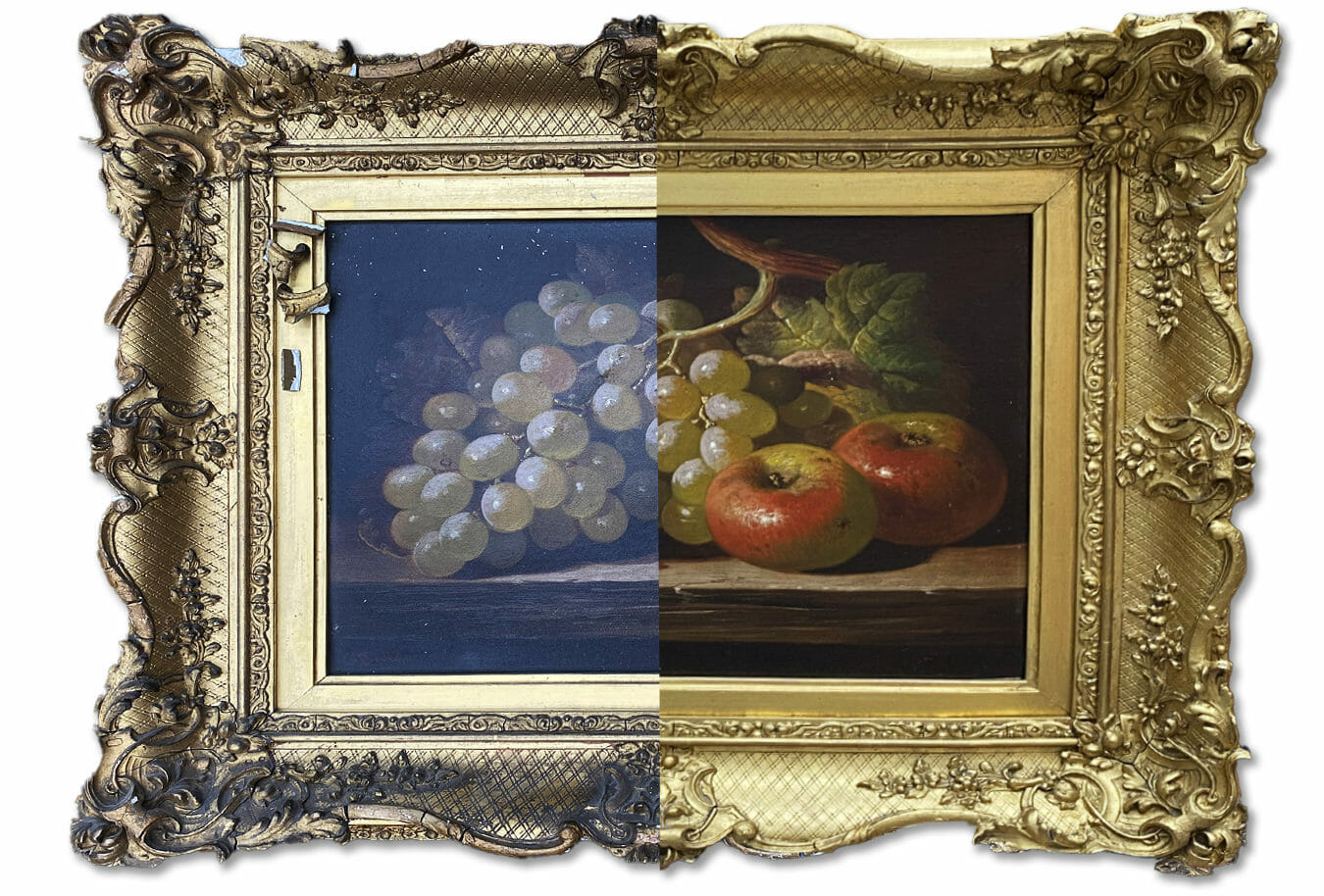
When frames begin to come apart or have ornamentation fall away, there is again an inclination to use household glue to resolve the problem. However, this will damage the wood over time and lead to discolouration around the area. This is especially true for antique frames which may already be unstable or vulnerable to decay. A specialist frame conservator will assess the wood and use conservation-grade techniques to ensure that it is restored with substances that will have no ill-effect on the future of the frame.
Missing pieces from a frame can be carefully remoulded and replaced using conservation materials and techniques. These take both an artisanal approach and knowledge of crafting a piece which is safe for the preservation of the frame itself.
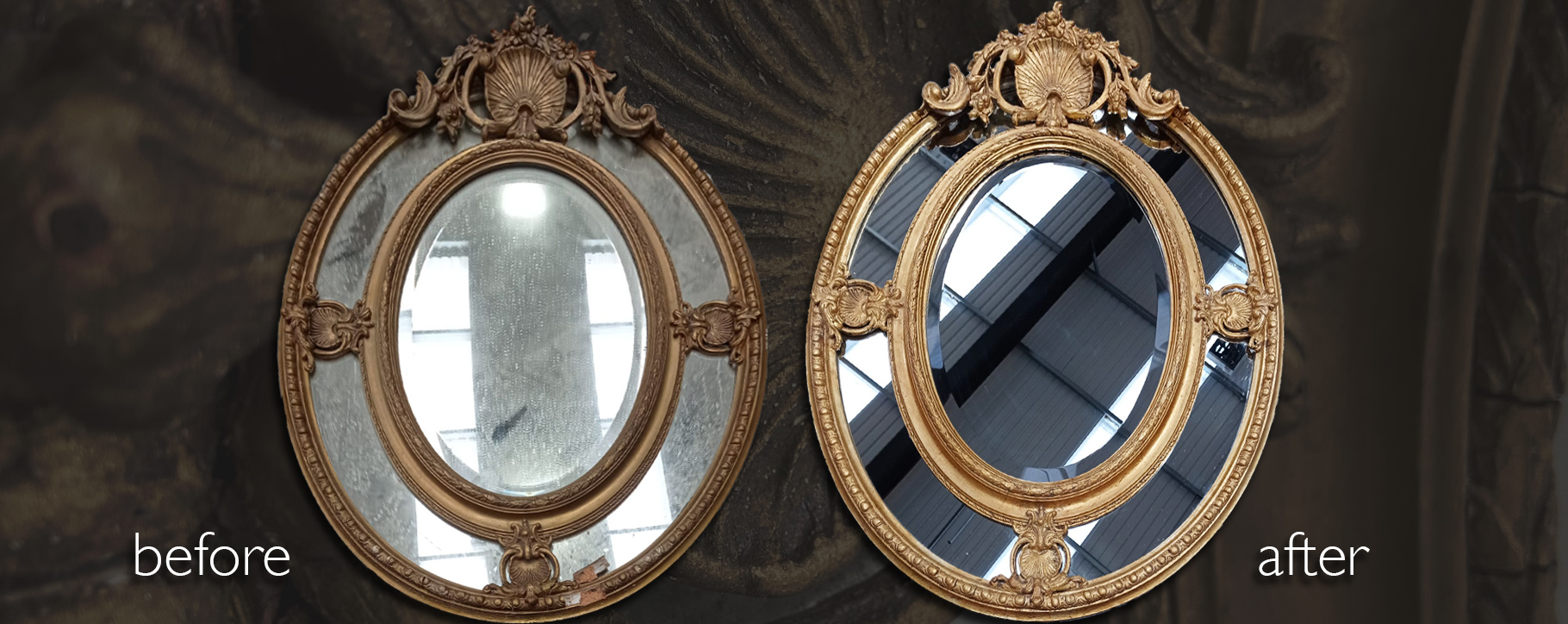
Fine furniture
Restoring furniture to a conservation level is far removed from a household ‘upcycling’ project in which the wood may be stabilised with improvised techniques. Furniture conservators train for years in order to seamlessly and safely restore all manner of wooden or upholstered furniture, with an in-depth knowledge of chemicals, history and craftsmanship involved in their approach.
Wood is expertly carved, colour-matched and re-adhered by a conservator in a way which improves the stability of the work, as well as allowing it to have historic integrity and future preservation. Household techniques may accidentally use substances or objects which could damage or accelerate the decay of the piece.
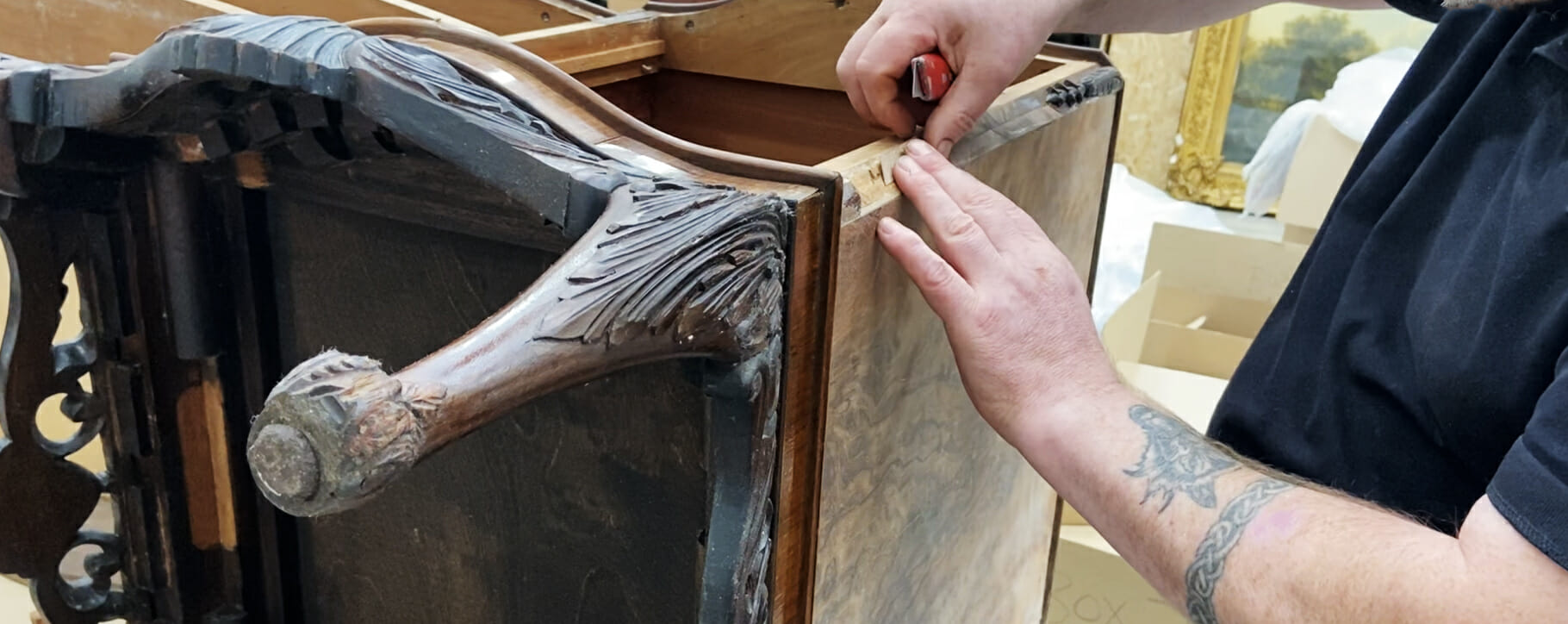
Infestations of woodworm or other pests may be hard to fully destroy without specialist help. Furniture conservators use equipment which can kill off any foreign organic materials, as well as seal woodworm holes or cracks which would encourage their return.

If we can be of any assistance in relation to advice and/or the restoration of artworks, furniture or specialist contents that have suffered damage, please don’t hesitate to contact us on 020 7112 7576 or via email [email protected].

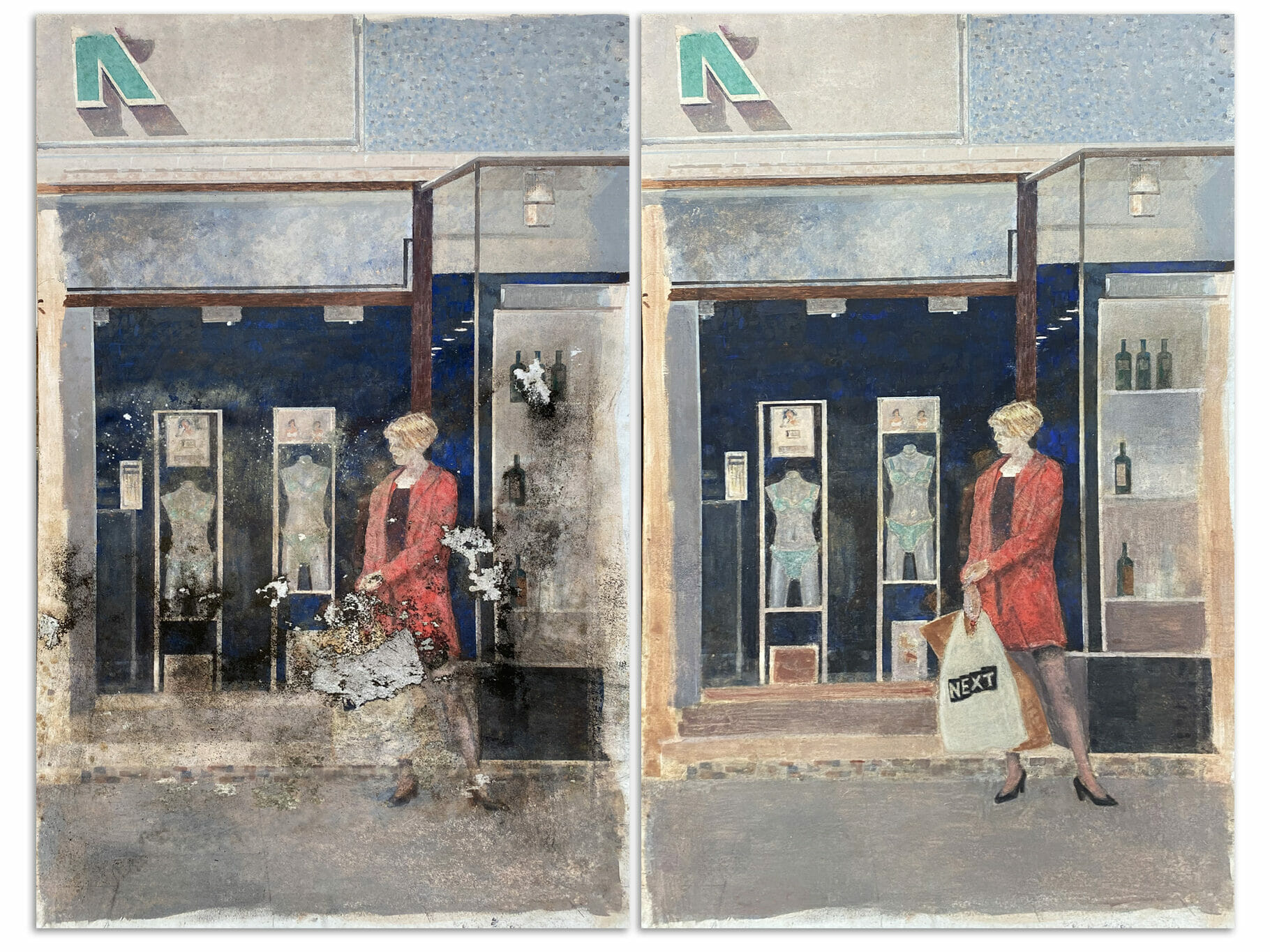 Works on paper
Works on paper




